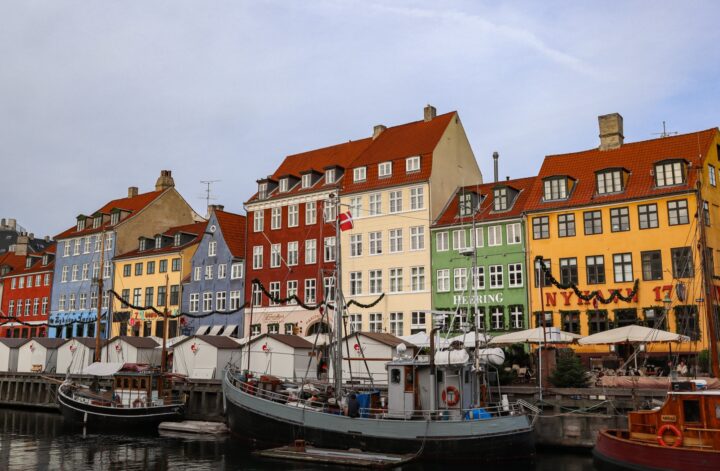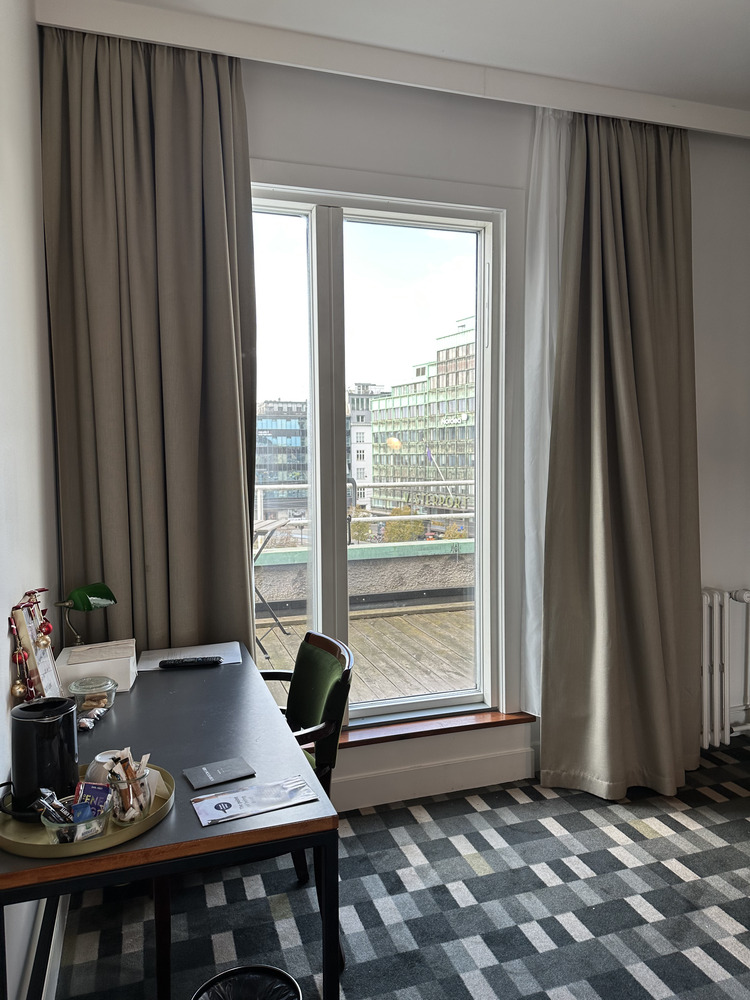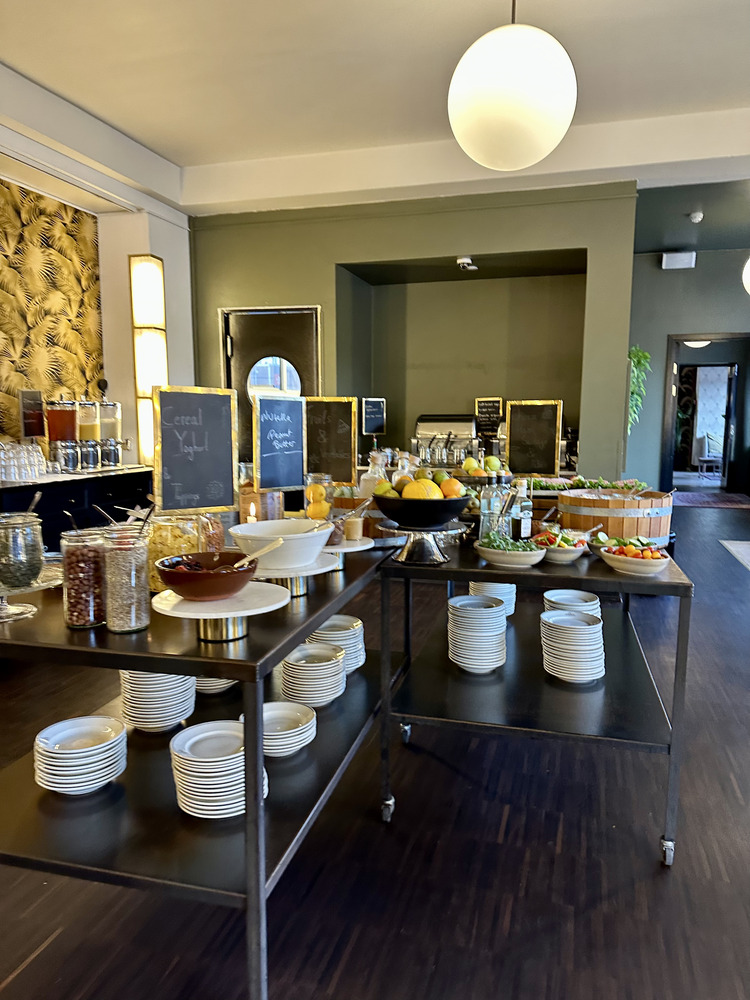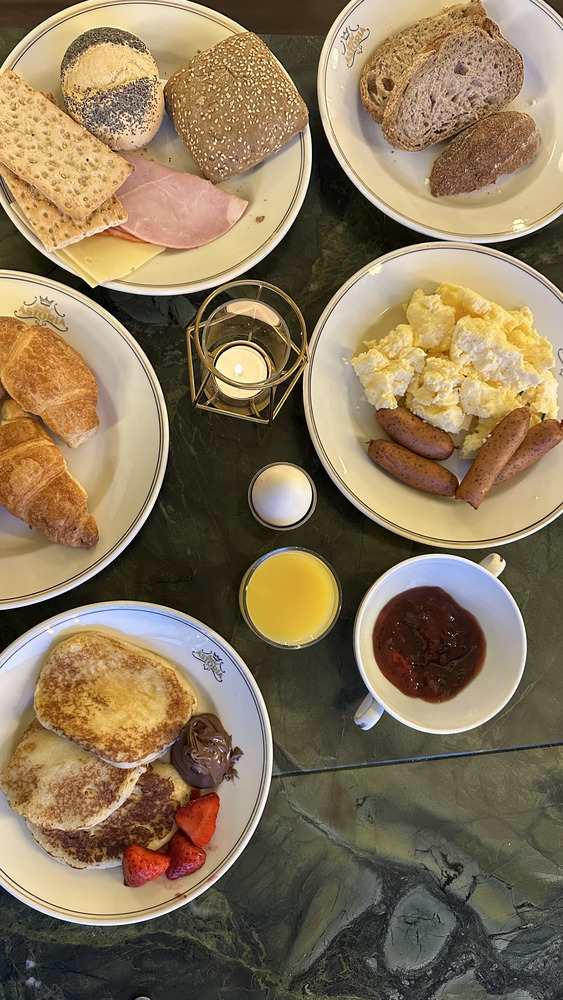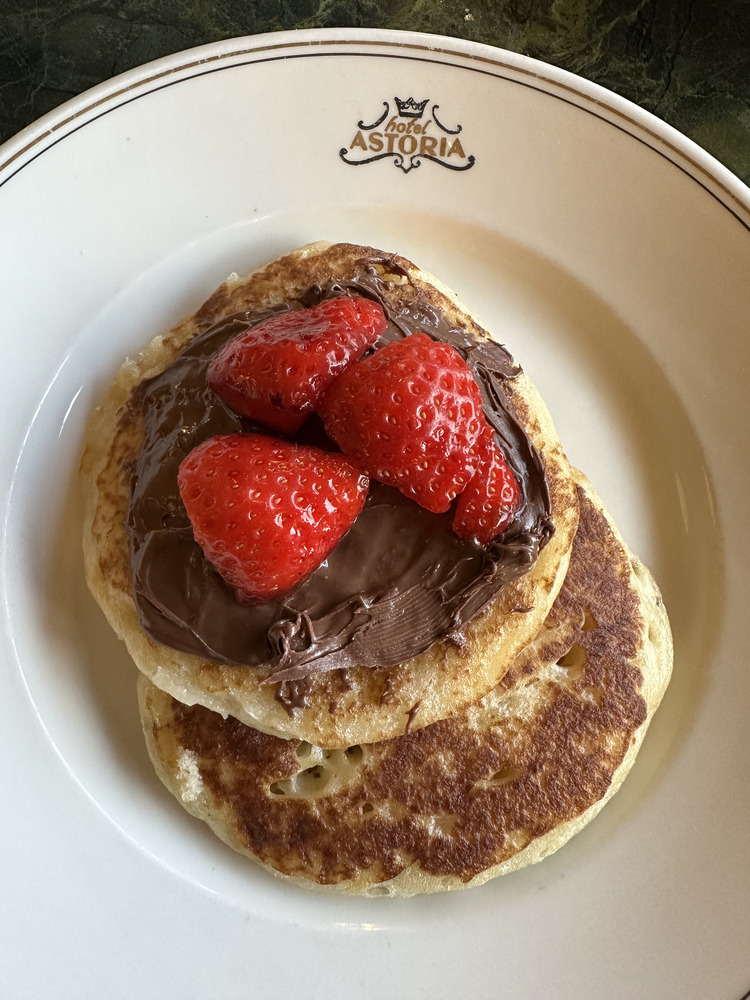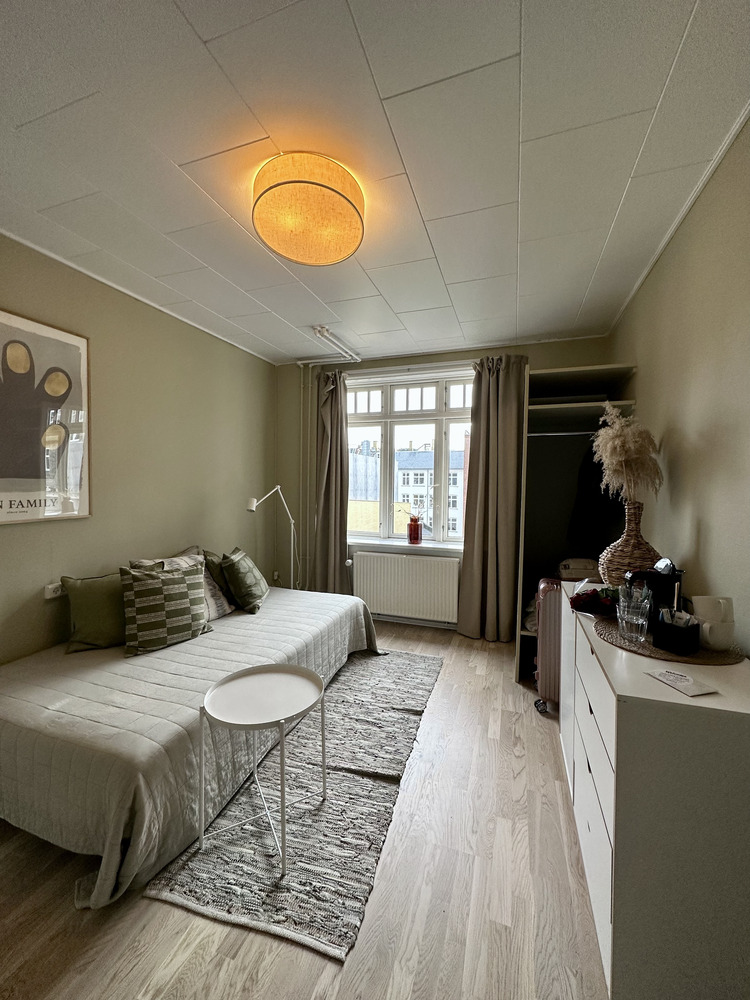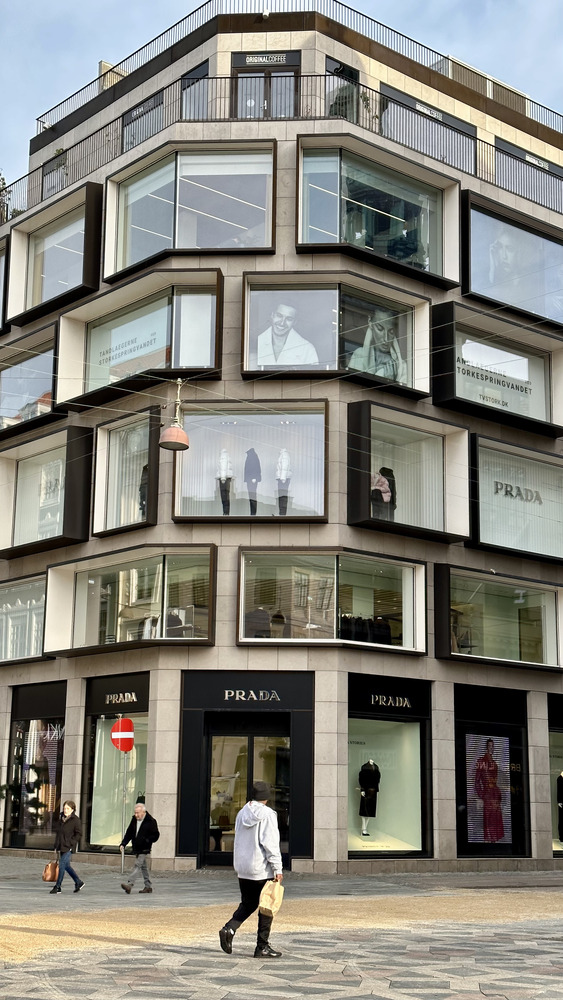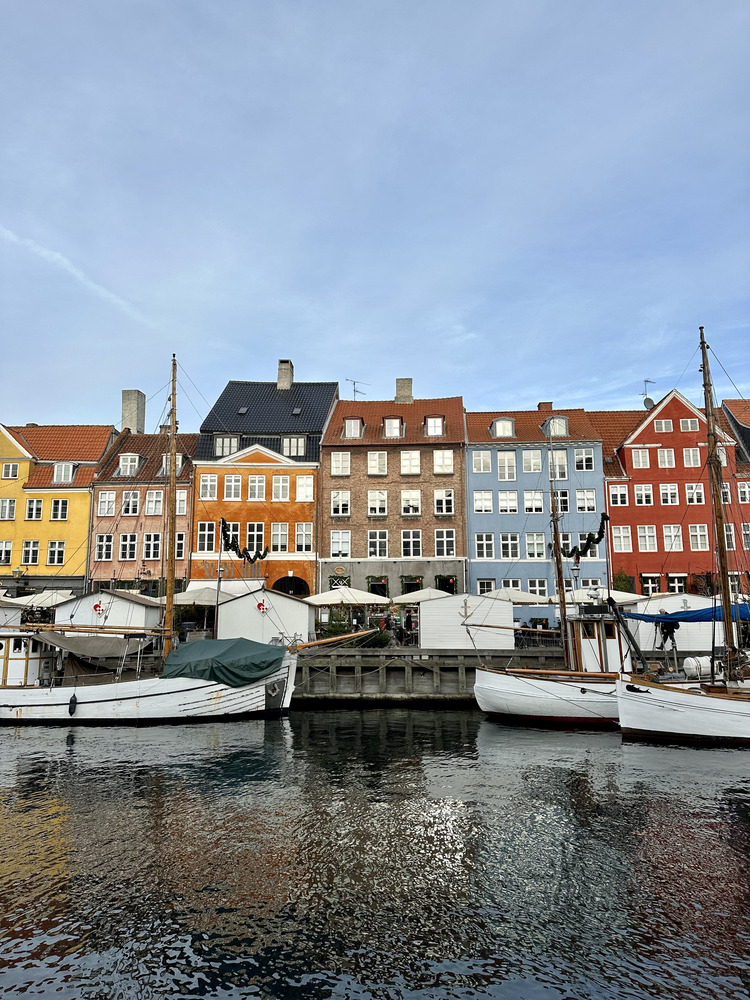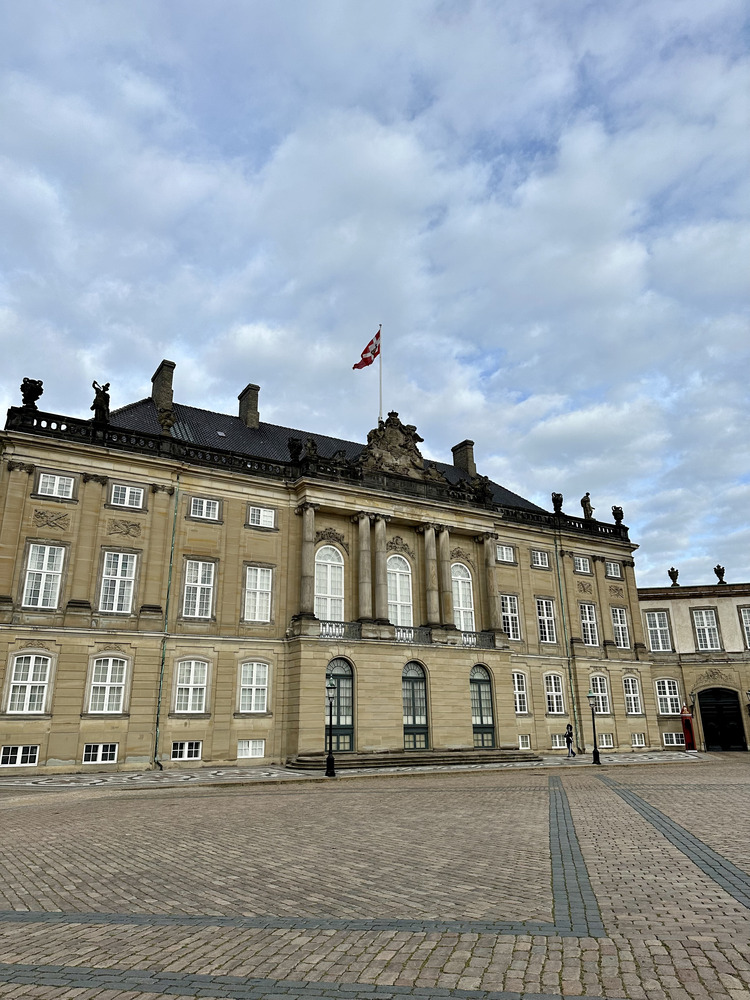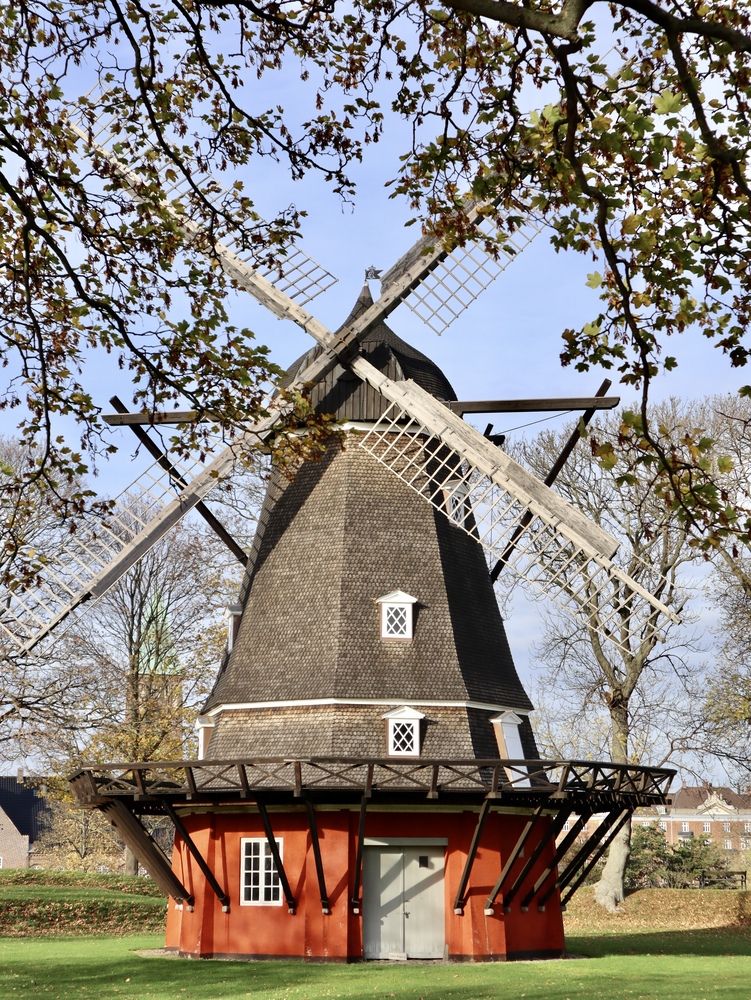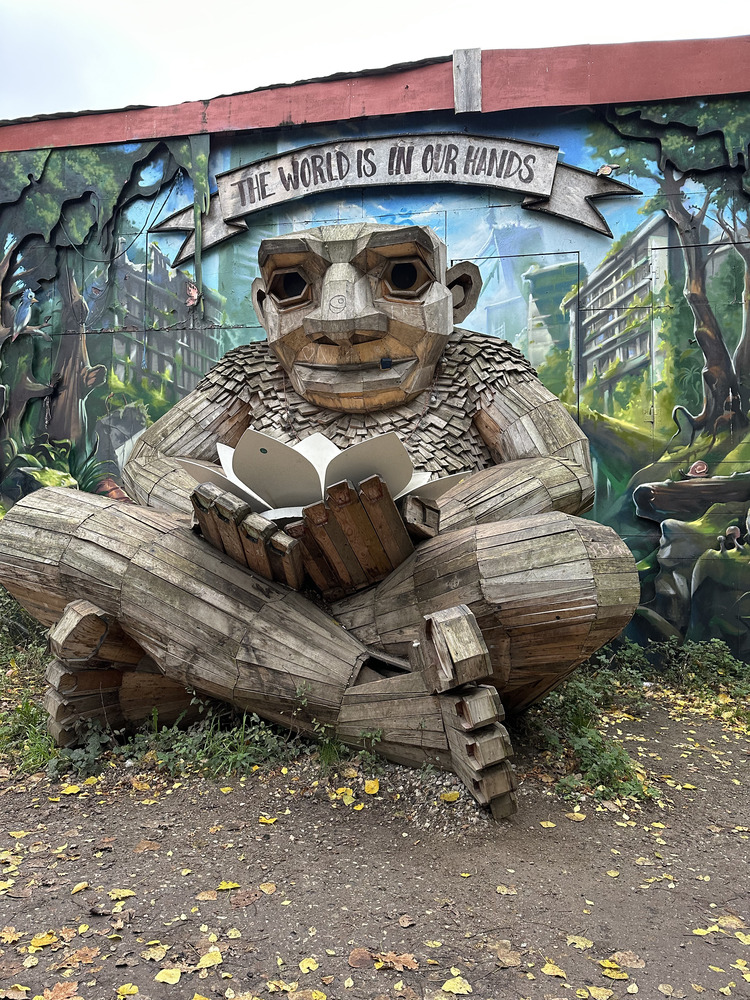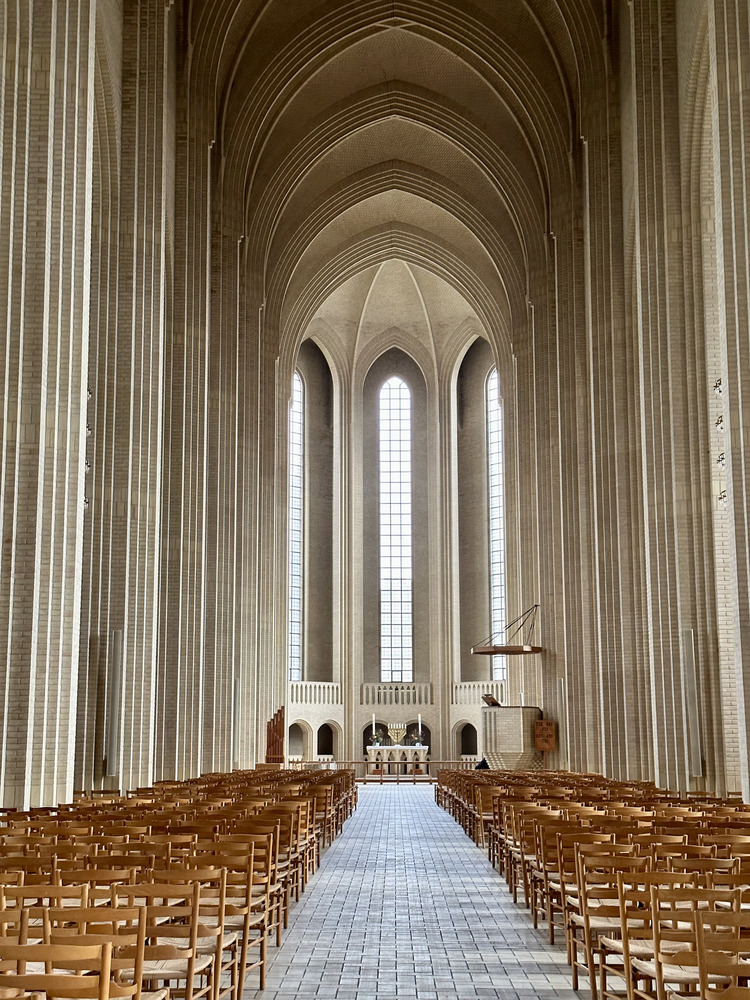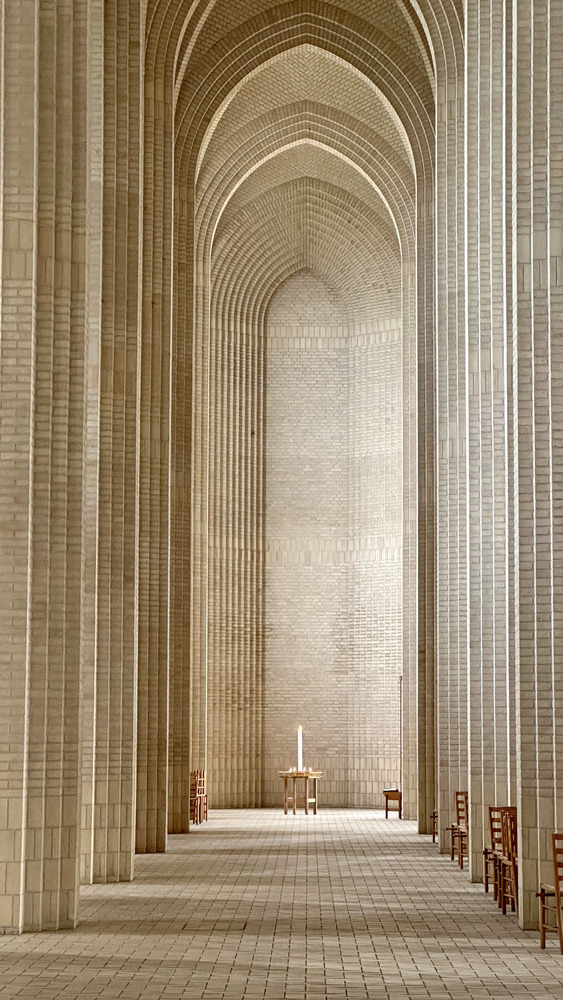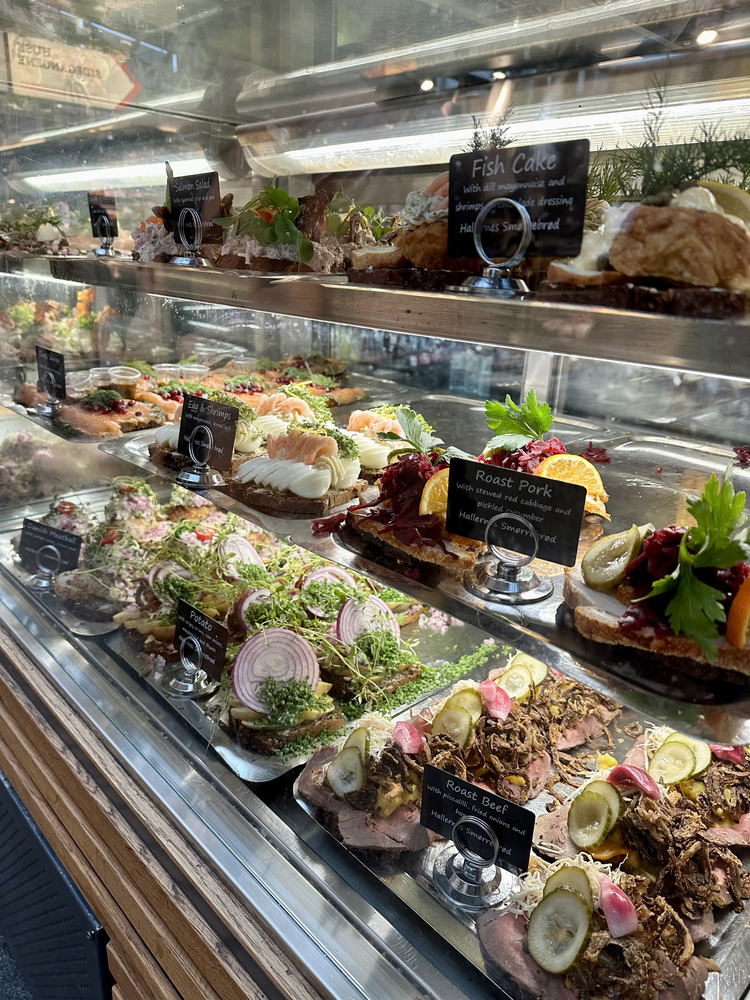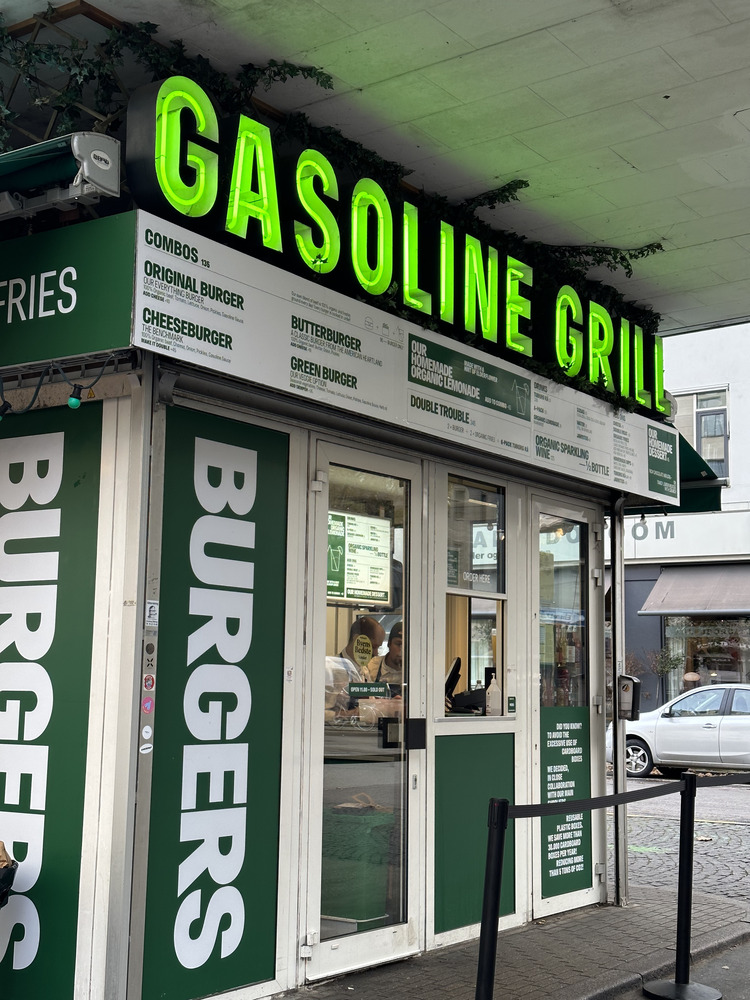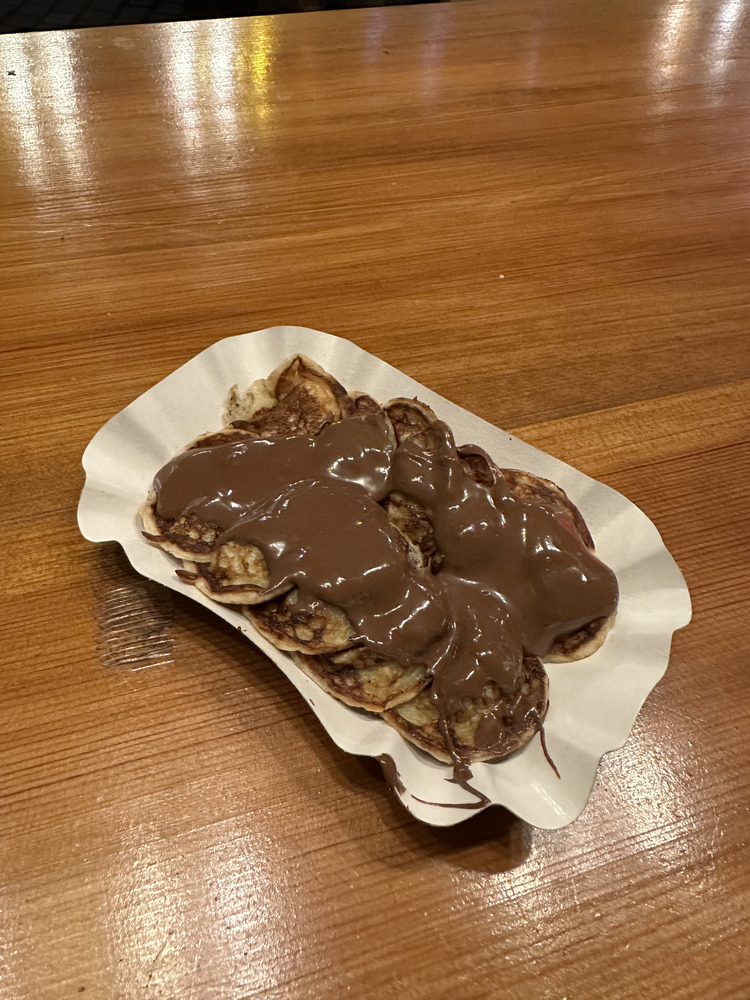Copenhagen is the beautiful capital of Denmark and will steal your heart from your very first walk around the city.
The truth is that when I was planning the trip I didn’t have high expectations for Copenhagen, but I was pleasantly proven wrong.
Originally it was just a Viking fishing village but now it is considered as one of the main economic centers of Northern Europe.
One of the first spots you have to see in person is definitely the “Little Mermaid”, the famous heroine of Hans Christian Andersen.
Transportation in Copenhagen
Copenhagen is the paradise of bicycle lovers. Everyone gets around on their bikes and you can rent one in case you want to get around like the locals.
The best way to get around in my opinion is public transport. Copenhagen has very good public transport, as the metro and buses run very frequently, every 2-5 minutes.
From the airport to the city centre the metro ticket costs 5€ and the journey is only 15 minutes.
Copenhagen is divided into zones in case you want to get a ticket to get around. All attractions in the city centre are covered with the small ticket which is for zones 1-4 and costs around 3.50€.
The option that is more advantageous is to get a 24-hours City Pass which costs 10€.
Accommodation in Copenhagen
Hotel Astoria
Hotel Astoria is a modern three-star hotel in the heart of Copenhagen next to the central train station and a few meters away from the famous Tivoli Gardens.
In fact, Hotel Astoria has a great history as it was built in 1934 and was the first luxury hotel in Copenhagen.
The rooms are spacious, comfortable with beautiful design. The staff is very polite and willing to help you with anything you need.
Their breakfast has so many options and you can find anything you desire. Croissants, salmon, ham, hot pancakes, fruit, eggs. The buffet has everything!
Savoy Hotel
The Savoy Hotel is very close to buses and metro stations and the building is minimal with modern details. The rooms are spacious with boho style and minimal design.
At Savoy Hotel you can choose organic breakfast and have it brought to your room. It includes croissants, yoghurt, fruit of the day and coffee or juice.
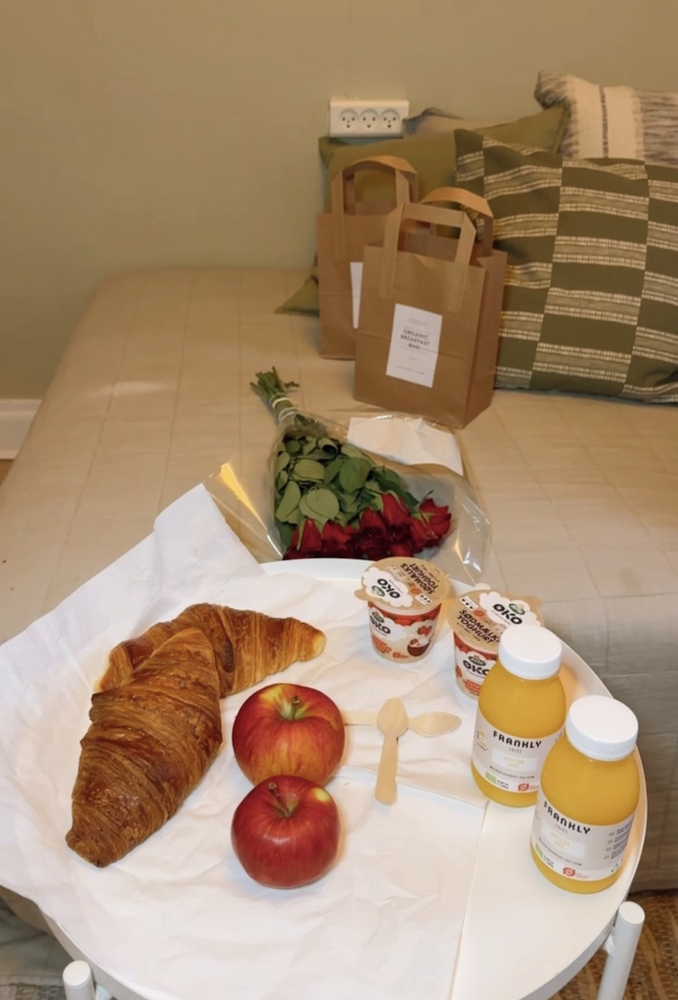
It is located very close to Tivoli Gardens and is about a 15-20 minute walk from Rosenborg Castle.
What to see in Copenhagen
The Little Mermaid
When you hear Copenhagen and Denmark the first thing that comes to mind is the famous statue of the Little Mermaid. The truth is that the statue is a disappointment. A tiny statue just 1.25m tall that compared to all the attractions in the city is nothing special.
Based on the fairy tale of the same name by Danish author Hans Christian Andersen, the small and not at all imposing statue is one of Copenhagen’s emblems and has been an important tourist attraction since 1913.

Tivoli Gardens
Tivoli Gardens (or just Tivoli) opened in 1853 and is the second oldest amusement park in the world after Dyrehavs Bakken Park.
With more than 4.5 million visitors a year it is also the most visited theme park in Scandinavia and the 4th most visited in Europe.
At Tivoli you will find roller coasters, carousels and many more amusement games for all ages. Among the amusement park toys, the Rutschebanen stands out, the wooden roller coaster that has been operating since 1914 and is one of the last of its kind in the world, as well as the Aquila which is a giant swing with speeds of up to 4G.
In the 82,000 sqm park you will find a total of 27 games as well as open spaces for shows and music events, picnic areas, toilets, restaurants and generally everything you need to spend a whole day of fun.
Entrance costs 20€ and you pay separately for the games inside. Unfortunately when we went it was closed, so if you want to visit check https://www.tivoli.dk/en/ first.
Glyptotek
Ny Carlsberg Glyptotek, commonly known simply as Glyptoteket, is an art museum in Copenhagen, Denmark. The collection represents the private art collection of Carl Jacobsen, the son of the founder of Carlsberg Breweries.
The exhibits of diverse ethnicities from Egypt to ancient Greece and Italy, the indoor garden and the fountain are some of the reasons to visit.
The ticket costs 125DKK (about 16.80€) and every Tuesday it has free entrance. For more information you can visit www.glyptoteket.com.
Copenhagen City Hall
Copenhagen City Hall is the seat of the Copenhagen City Council as well as the Lord Mayor of the City of Copenhagen. The 1905 building is located in the City Hall Square in the centre of Copenhagen.
It also houses Jens Olsen’s World Clock.
Christiansborg Palace
The Christian Dynasty Palace “Christiansborg” is located on Slotsholmen Island in the centre of Copenhagen and is the seat of the Danish Parliament, the Supreme Court and also houses the office of the Prime Minister of Denmark.
Also some other spaces of the building complex are used by the Danish royal family, these are the royal reception rooms, the royal chapel and the royal stables.
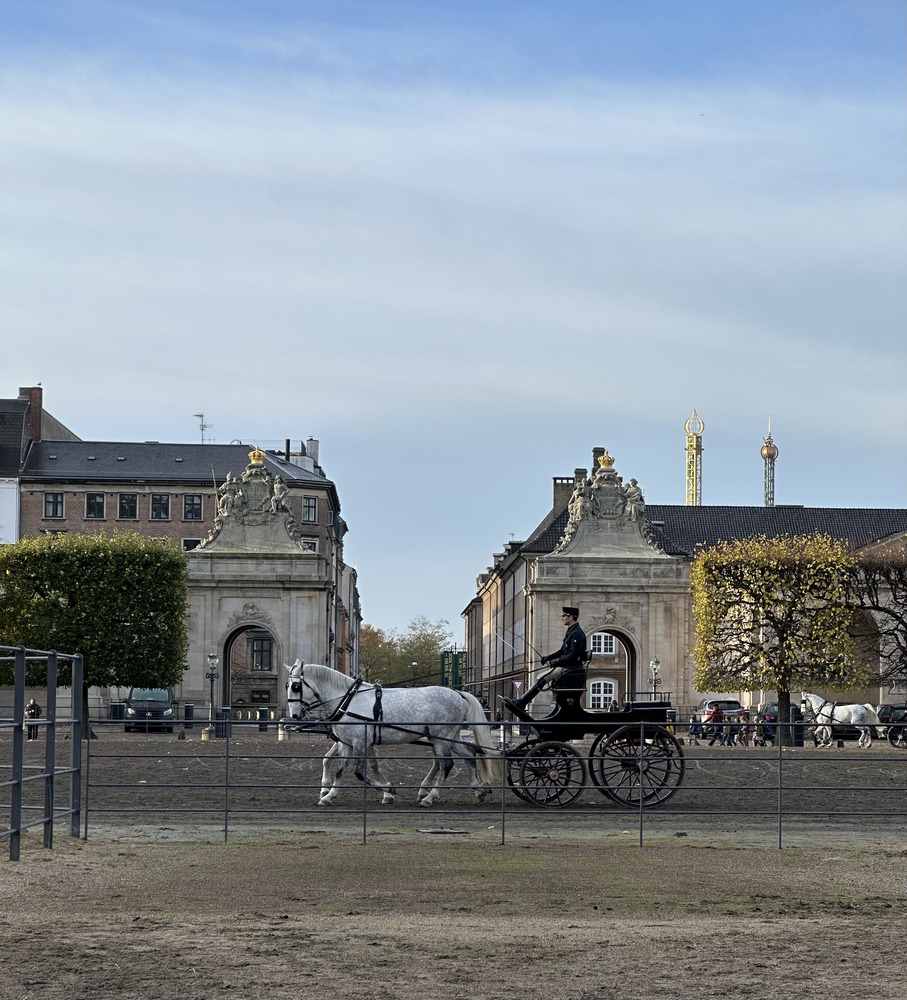
It dates from around 1200 and the architecture is awe-inspiring!
The palace took its present form after the successive improvements to the original castle built in 1167. In the early 15th century some administrative buildings were added and in 1794 it became the main residence of the monarch. Since 1849 it has been home to the seat of the Danish parliament and the last works giving it a neo-Baroque style were completed in 1928.
The grounds of the complex are open to the public for scheduled tours so you should arrange in advance to make a reservation.
Ticket information can be found here.
Strøget
The cobbled street Strøget is where you’ll do your shopping, as it’s the most famous shopping spot in Copenhagen. In fact, from the beginning of November the Christmas markets are set up there.
Nyhavn
Nyhavn is the most beautiful spot in Copenhagen. It is a complex of colourful 17th century buildings that are located right on the sea front.

It has been designated a heritage harbour and as it passes through the harbour, it has a large number of cafés and bars.
As you walk along you can admire some of the traditional wooden ships moored here. On the northern part of the Nyhavn waterfront are the colourful characteristic little houses, made of wood, brick and lime. The oldest house, at number 9, dates back to 1661.
From Nyhavn you can take a short cruise on the boats that depart from there and see the sights of Copenhagen from the water.
Amalienborg Palace
Denmark has the oldest monarchy in the world and so the whole city is full of palaces.
Amalienborg Palace is the winter residence of the Royal Family of Denmark and is located in Copenhagen. The palace consists of four identical buildings (Slotsplads) of Rococo architectural style around an octagonal square.
In the centre of the square surrounding the buildings is a statue of King Frederick V, whose work was the creation of the buildings.
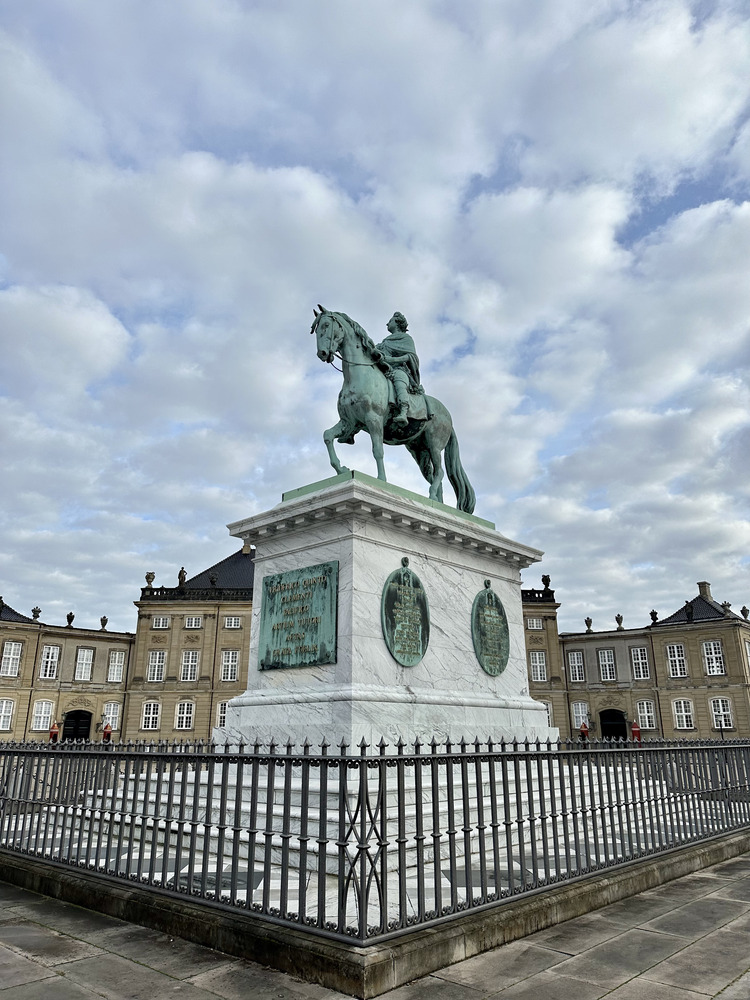
It’s a beautiful place to stroll around and if you go at 12 o’clock you’ll catch the impressive changing of the guard.
Rosenborg Castle
Rosenborg is located in the center of Copenhagen. In the middle of Kongens Have, the Life Guards guard the entire Danish treasury, which for 400 years has taken care of Danish kings and queens’ most precious treasures. The castle was originally built in 1606-1607 as a summerhouse by order of Christian IV.
The ticket costs 125 DKK (around 16.60€) but you can visit the gardens for free. Children under 18 have free entrance. For more informations check here.
Frederick’s Church
Next to Amalienborg Palace you’ll find Frederick’s Church, commonly known as The Marble Church.
This church is one of Copenhagen’s most prominent attractions. It was designed in 1740 by the famous architect Nokolai Eigtved and is part of the larger building complex of the Frederiksstaden district.
The church has the largest dome in Scandinavia which is 31 metres across and rests on 12 huge columns, these features probably rank it high on the list of the city’s most photographed monuments.
St Alban’s Church
St Alban’s Church is the only Anglican church in Denmark and was built from 1885 to 1887. It’s an impressive church with Gothic elements and you’ll encounter it before you head uphill through the lush green park to Fort Castellet.
Castellet
Castellet a small star-shaped island with ramparts, home to the 1662-built Copenhagen Castle – and military fortress – and plenty of idyllic paths to explore.
You can stroll around and eat your lunch at the wooden picnic tables by the water. One of the most beautiful spots is undoubtedly the red imposing windmill.
The two entrances with their outposts and wooden bridges are very impressive and well worth a stroll through the barracks.
Temple of the Saviour
The Saviour’s Church is a baroque church in Copenhagen, most famous for its outdoor spiral staircase that can be climbed to the top, offering extensive views of the city centre.
The view from above, once you manage to climb the steps, is incredible.
There is a long-standing urban legend that the architect committed suicide by jumping from the top of the tower when he realized the spiral was spinning the wrong way – counterclockwise – around the building.
This is not Lambert van Haven, as the spire was added to the church almost 50 years after his death, but the designer of the spiral spire, Laurids de Thurah. However, the legend does not hold water, as Thurah died in his bed seven years after the completion of the spire and there is nothing in the records to suggest that he should have been dissatisfied with his work in any way.
Christiania
Freetown Christiania, is the autonomous anarchist quarter in the Danish capital and is home to around 1,000 residents, making it a community that has its own rules, completely independent of the Danish government.
In 1971 squatters occupied a decommissioned military barracks in the middle of Copenhagen. They established a self-governing hippie community called Freetown Christiania, which the Danish government allowed as a ‘social experiment’.
It is one of the major tourist attractions in Copenhagen, as it is a living example of the liberal and progressive way of organizing Danish society.
Inside, the cannabis trade is legal, while no cars are allowed inside the area and photography is prohibited. You can take a stroll around and enjoy the impressive graffiti that takes over the small district.
In Christiania you’ll find several places to grab a coffee or food, including burgers and hot dogs.
Grundtvig’s Church
One of my favorite places in Copenhagen is Grundtvig’s Church.
Located in the Bispebjerg area of Copenhagen, it is a rare example of expressionist church architecture. Because of its originality, it is one of the most famous churches in the city.

It is very tall, minimalist without much stuff inside. Warm light enters the beige walls through the high windows, making the landscape look unique. The church is a bit far from the center, but it’s definitely worth a visit!
Food in Copenhagen
TorvehallerneKBH
TorvehallerneKBH is a large food market with many small shops selling countless Danish delicacies. You can find everything from farm produce to gourmet food, seafood, sweets and drinks.
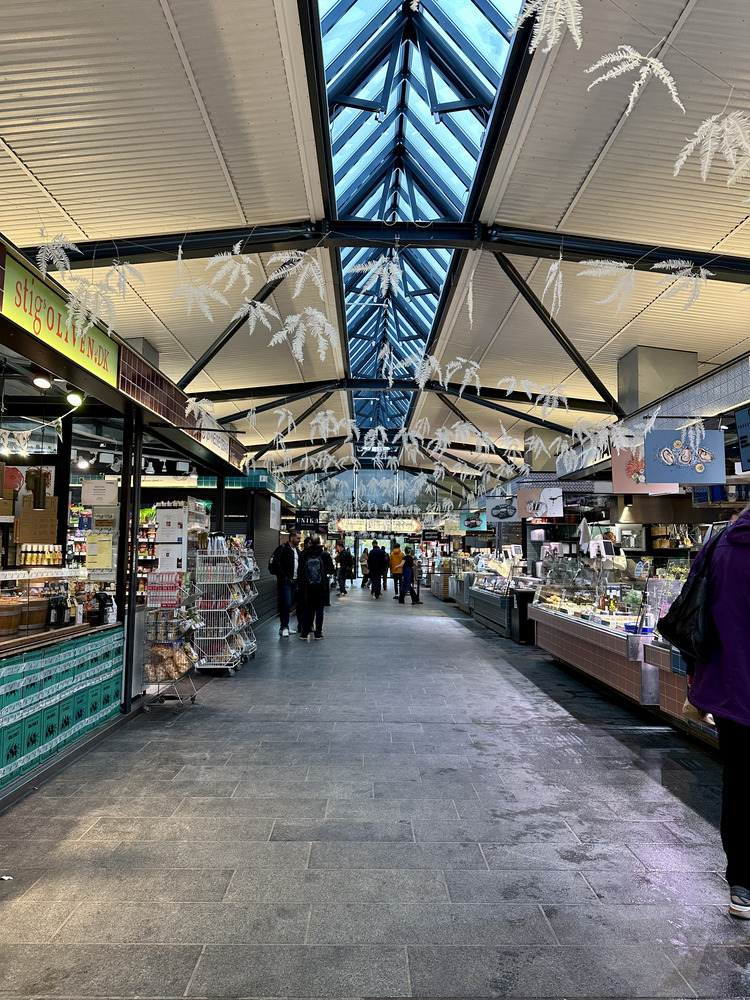
You should definitely try smørrebrød, which is an open sandwich consisting of a piece of buttered bread and various ingredients on top. Of course, don’t think it’s cheap. I chose one with chicken salad and bacon, which was one of the most affordable and costs 10€.
Moreover, you should also try Frikadeller meatballs and Denmark’s national dish, fried pork belly. Two slices costs 6€.
Gasoline Grill
Gasoline Grill’s burger has been listed among the best in the world and is definitely worth the hype. The burger is the juiciest and tastiest I’ve ever tasted.
Is a chain in Copenhagen and their stores open at 11am and close as soon as they sell out. All of their produce is fresh!
Of course like other places in Copenhagen the prices are quite expensive. For three burgers, a portion of fries and a Coca-Cola we paid 45€!
Skt. Peders Bageri
Denmark is famous for its pastries and if you want to try the best, then head to Skt. Peders Bageri, the oldest bakery in Copenhagen.
Everything we tried was delicious and definitely worth a visit!
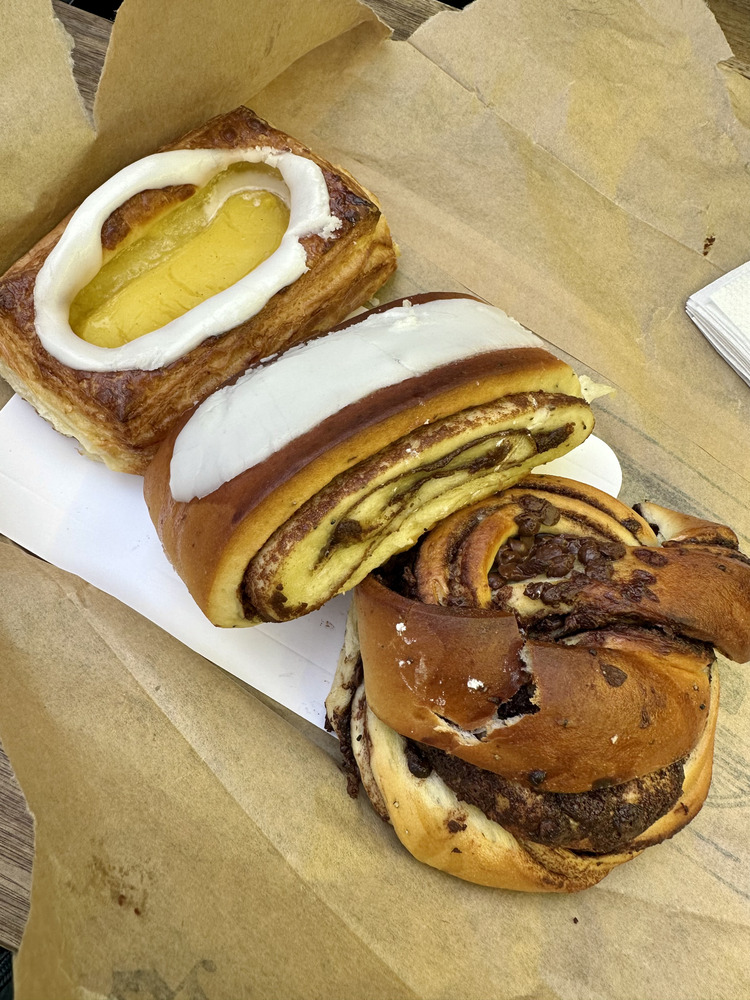
John’s hotdog deli
In Copenhagen, the cheapest food option is hotdogs sold by countless canteens in the city. They cost around 6-8€ each and are filling and delicious.
The most famous hot dog canteen is John’s hotdog deli and you’ll find it outside the central train station.
Apart from there, we also tried delicious hot dogs at the canteen located outside Copenhagen City Hall.
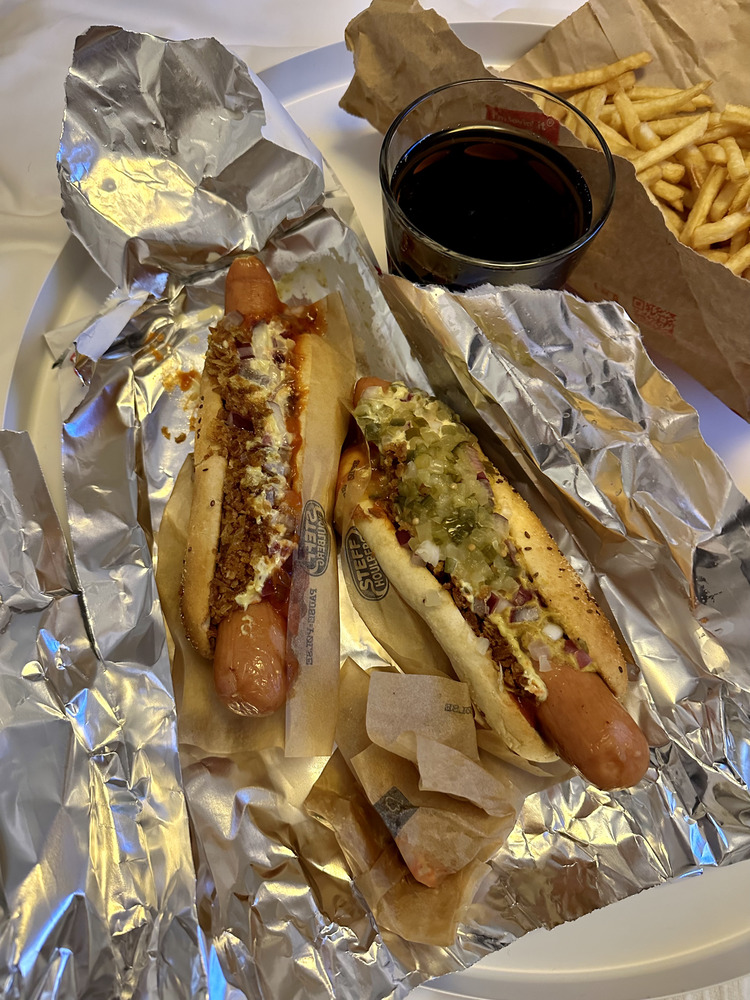
Christmas markets
If you visit Copenhagen during the Christmas season, you can also try a variety of delicacies at the Christmas markets where mini shops with a variety of dishes are set up.
We tried small pancakes with Nutella (4,50€) and pulled pork, which we paid 15€ for. You can try their famous cinnamon and orange mulled wine, which most locals drank.
What you need to know before you travel to Copenhagen
- The currency of Denmark is the Danish krone (1€ = about 7.44DKK)
- You can get around Copenhagen easily in three full days
- You can pay everywhere with a card, even in the canteens. We only paid with Revolut card
- To eat in a restaurant, expect to spend a minimum of 20€ per person
- Public transport is very frequent, every 2-4 minutes
- The airport from the centre is 15 minutes and the ticket if you don’t get an unlimited travel card is 5€.
- The city is walkable, but I suggest you get a card for the city, because some distances are quite long
- Everyone rides bikes, you are more likely to get hit by a bike than a car
- The weather is quite cold, so it’s a good idea to take warm clothes on your trip
If you want to see more about my trip in Copenhagen, visit my profile on Instagram.
